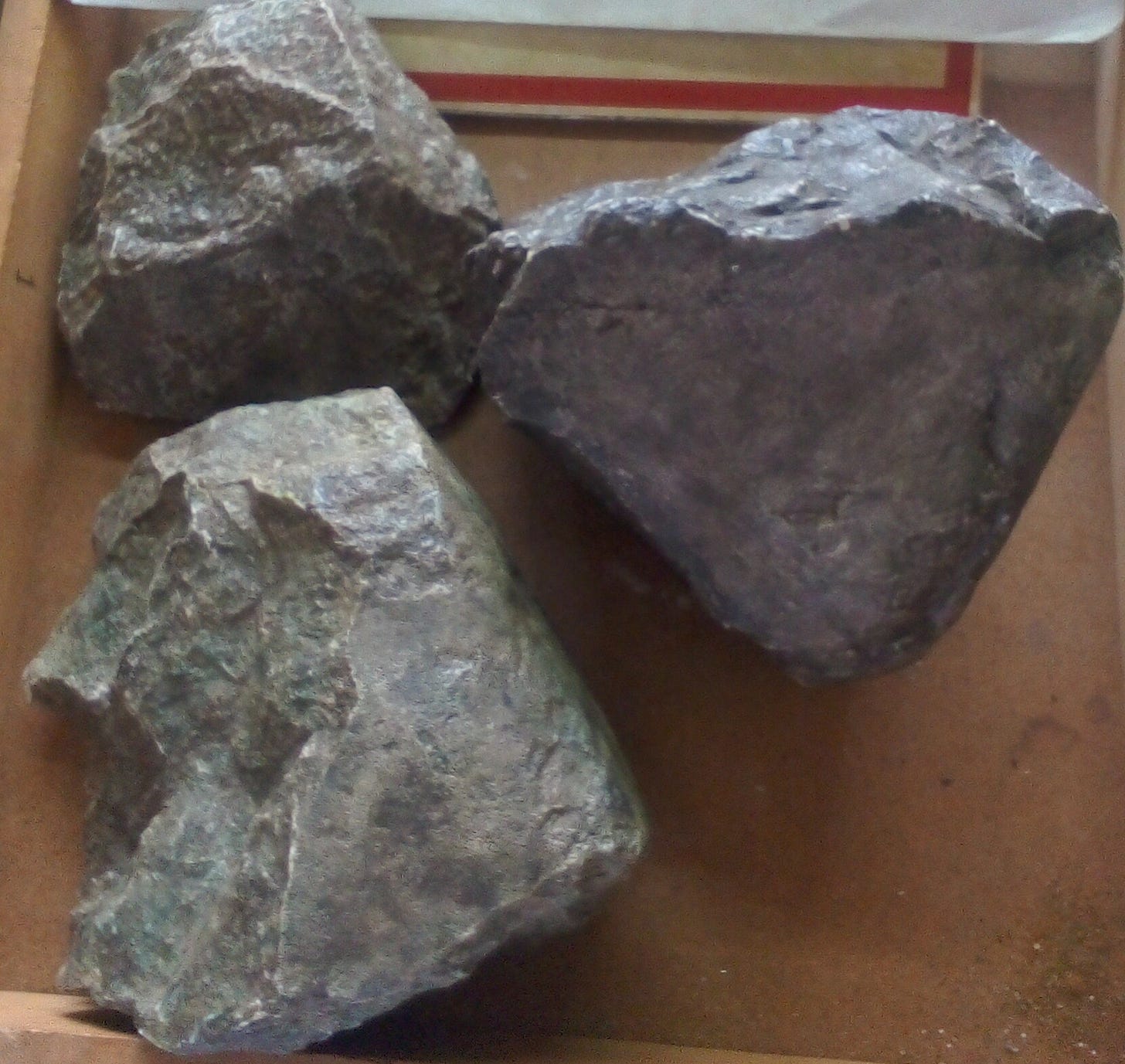Lomekwi 3 Tools: Revisiting the world’s oldest stone tools
Did you know the oldest stone tools are no longer the Oldwan Tools which were discovered by the late paleoanthropologist Louis Leakey and his wife Mary Leakey in 1930 in Tanzania?
In 2011, a ground-breaking discovery by West Turkana Archaeological Project co-led by Dr. Sonia Harmand and Dr. Jason Lewis, including Mr. Samy Lokorodi pushed back the domestic material culture record by 700, 000 years.
These oldest tools are called Lomekwi 3 Tools after the region (Lomekwi) they were unearthed from on the Western shores of Lake Turkana in Turkana County.
The Early Stone Age tools dates back to 3.3 million years ago and the raw material used to make them is only one, the basalt stone.
“Our finding finally disproves the long-standing assumption that Homo habilis was the first tool maker,” Dr. Harmand, the lead author in the journal Nature announcing the discovery says.
“These oldest tools from Lomekwi shed light on an unexpected and previously unknown period of hominin behaviour and can tell us a lot about cognitive development in our ancestors that we can’t understand from fossils alone,” added Dr. Harmand.
It is a core prepared from the core and-flake technology. The flake was not used indicating the smaller brain capacity of the handler.
“The stones are much larger than Oldwan Tools, and we can see from the scars left on the stones when they were being made the techniques used were more rudimentary, requiring holding the stone in two hands or resting the stone on an anvil when hitting it with a hammer stone. The gestures involved are reminiscent of those used by chimpanzees when they use stones to break open nuts,” Dr. Harmand.
According to an article published in the Turkana Times, Another gem from Turkana as researchers unearth oldest stone tools in 2015, “The study of the Lomekwi 3 artifacts suggests that they could represent a transitional technological stage, a sort of missing-link, in between the pounding-oriented stone tool use of a more ancestral hominin and the flake-oriented knapping behavior of later Oldwan toolmakers. The team was also surprised to find that the reconstructions of the environment around Lomekwi at 3.3 million years ago, from the associated animal fossils and isotopic analyses of the site’s soil, indicate the area was much more wooded than paleoenvironments associated with later East African artifacts sites from 2.6 million years.”
The huge simple tools are associated with the genus Australopithecine (Australopithecus) as their handler.
“It is extremely rare to be able to pinpoint what fossil species made which stone tools through most of prehistory, unless there was only one hominin species living at the time, or until we find a fossil skeleton still holding a stone tool in its hands,” said Dr. Lewis.
“The traditional view was that hominins started knapping to make sharp-edged flakes so they could cut meat of animal carcasses, and maybe used the cores, called ‘choppers’, to break open bones to get at the marrow. While the Lomekwi 3 knappers certainly created cores and sharp-edged flakes, their size and the battering marks on their surfaces suggest they were doing something different as well, especially if they were in a more wooded environment with access to various plant resources,” explains Dr. Lewis.
What remains puzzling is what was happening between 3.3 and 2.6 million years ago.
“We’ve jumped so far ahead with this discovery, we need to try to connect the dots back to what we know is happening in the early Oldwan,” Dr. Harmand.
The researcher added, “I have no doubt that these aren’t the very first tools that hominins made. They show that the knappers already had an understanding of how stones can be intentionally broken, beyond what the first hominin who accidentally hit two stones together and produced a sharp flake would have had. I think there are older, even more primitive artifacts out there.”
In the Turkana Times article on the discovery, “According to Dr. Lewis, the discoveries made in the region shows that the Turkana region is one of the richest repositories of fossil and stone tool evidence of humanity’s history- not just of the local Turkana or Pokot or Dassanech people, but of all living people. He also believes that there is much more to be discovered in the region.”
“Hominin refers to group consisting of modern humans, extinct human species and all our immediate ancestors. The Lomekwi area where the tools were found had already produced the fossil skull of early hominin, Kenyanthropus platyops by Meave and her team. In addition, the West Turkana Archaeological Project has previously discovered the earliest artifacts from the Oldwan culture known from Kenya, and the world’s oldest Acheulian hand axes,” the Turkana Times.
Stone tools are also called lithic tools. As the name suggests, the raw materials used to make them are stones.
The stone tools artefacts are found in different levels which indicates how the tools were progressively improved over a period of time as the brain capacity of the handler making and using them further developed too.
They vary from the core, flakes, hand axes, cleavers, and scrappers to the stone hammers from different types of stones as the raw material like; basalt, phonolite, obsidian, charts, and the quartz stone.
In our next article we shall be looking at the other stone tools as we pick from, Dusty dirt to knowledge: What is archaeology?
We’ll also be looking at the differences in archaeology, paleontology and anthropology too.
More love!





